AO Edited
Chiquihuitillos
A rocky shelter in the desert hides one of the largest concentrations of cave paintings in Mexico.
The harsh desert of northeastern Mexico does not seem like the type of place for a civilization to thrive, but history shows us that life always finds a way. Chiquihuitillos is an archaeological site displaying petroglyph and cave painting examples by the native Alzapa people.
Given the lack of water sources near the shelters, it is believed that the area was less of a living place and more of a ceremonial space. Symbols are in varying styles, showing that the site had been in use for a very long time prior.
The Chiquihuitillos style of painting found around the area are polychrome and characterized by red, white, black, and orange colors. Although the official age of the site is unknown, other examples in the area have been radiocarbon dated to around 6,000 B.C., meaning Chiquihuitillos could have originated around the same period.
When it comes to Mexican archaeology, sites in the north are often overshadowed by the more grandiose ruins and cities of Mesoamerican civilizations. However, as demonstrated by the detailed petroglyphs of Chiquihuitillos, the north has just as much to offer.

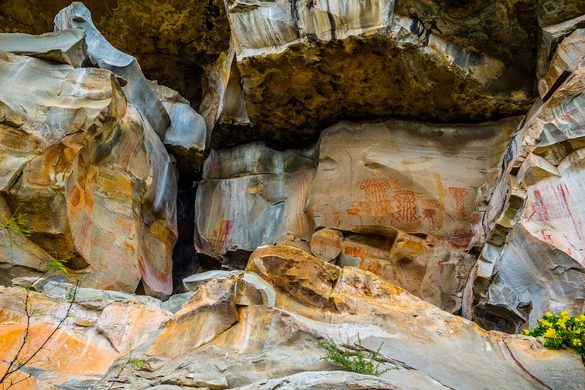
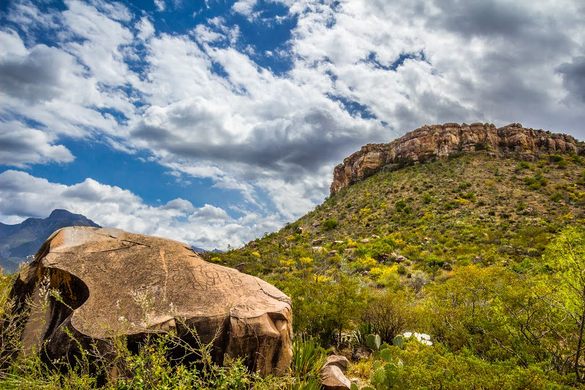
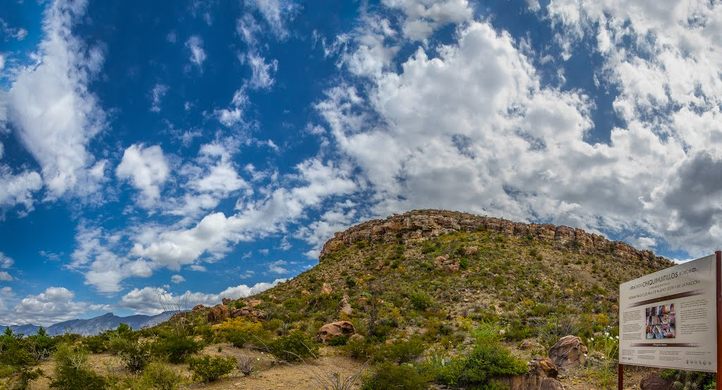
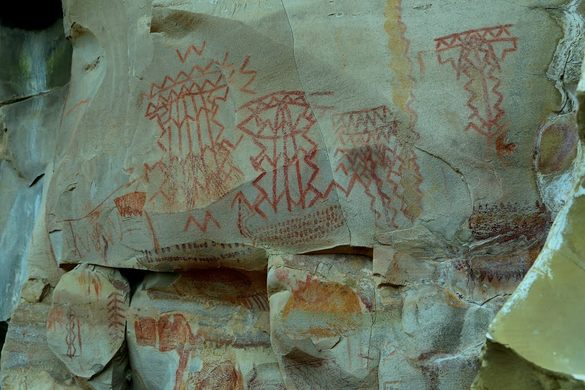
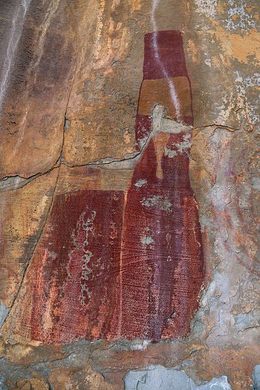



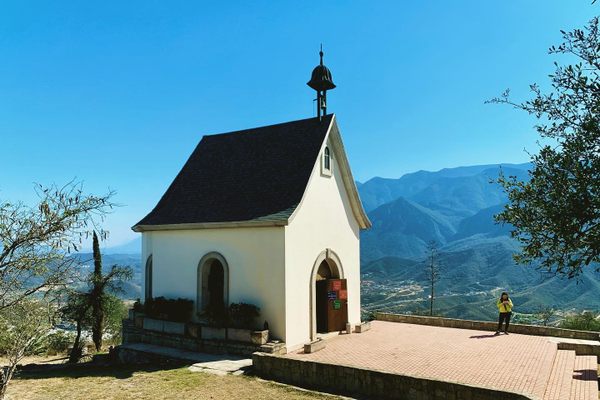
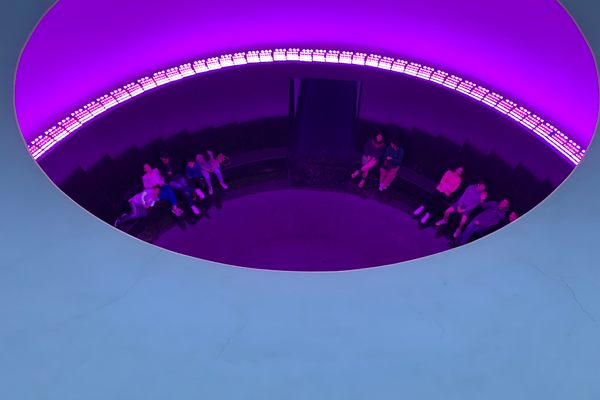
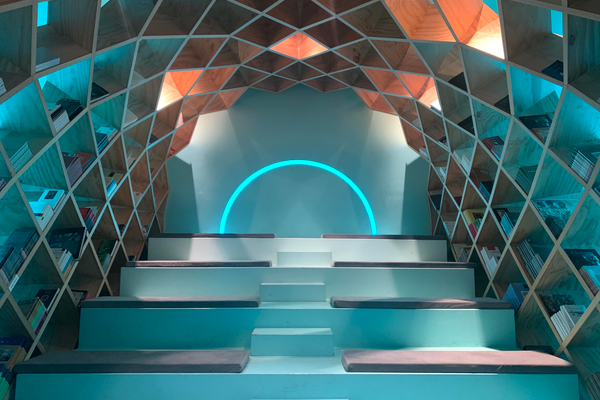




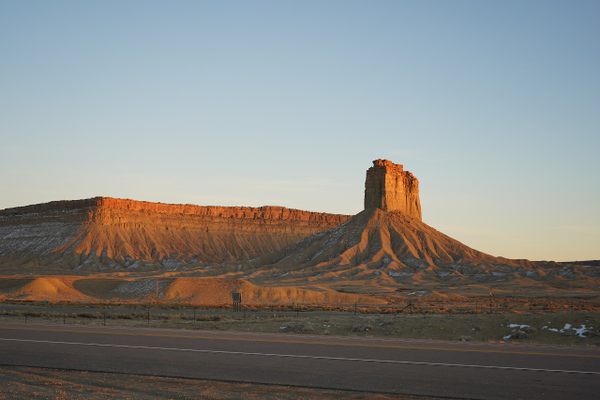

Follow us on Twitter to get the latest on the world's hidden wonders.
Like us on Facebook to get the latest on the world's hidden wonders.
Follow us on Twitter Like us on Facebook